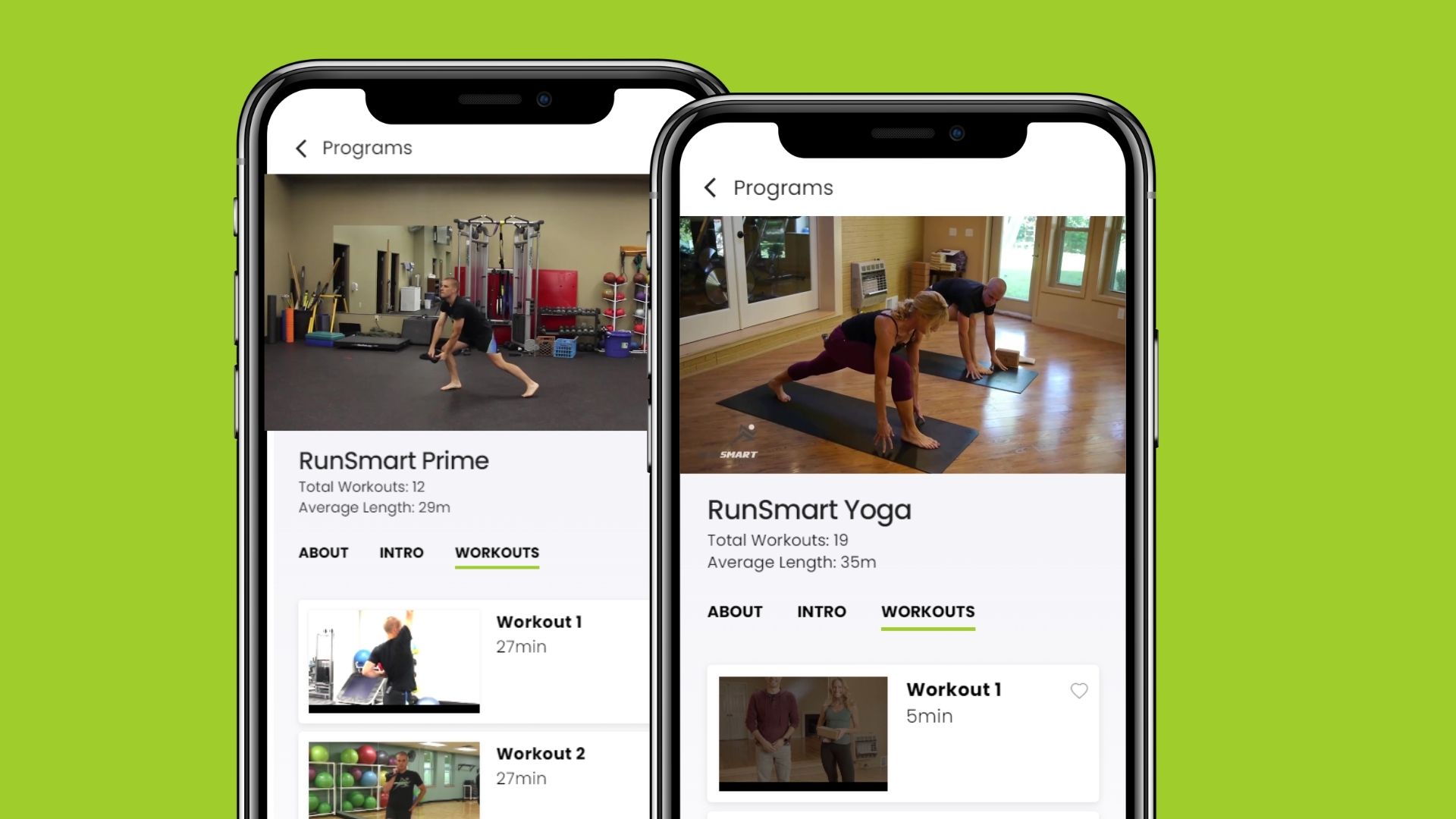Many runners treat their long runs as a test to see if they can maintain race pace for extended distances. While this approach might seem beneficial, it often leads to fatigue, injury, and burnout. Let’s explore why long runs should be about building endurance, not proving speed.
The Purpose of Long Runs
Long runs are designed to:
-
Build aerobic endurance
-
Enhance muscular strength and resilience
-
Practice fueling and hydration strategies
-
Develop mental toughness for race day
Pushing the pace during these runs can compromise these benefits and increase the risk of overtraining.
Understanding Base Pace vs. Race Pace
Your base pace is a comfortable, conversational speed that allows you to complete the distance without excessive strain. It’s typically slower than your race pace. Here’s a reference chart:
| Target Finish Time | Race Pace (min/mi) | Base Pace (min/mi) |
|---|---|---|
| Half – 1:30 | 6:52 | 7:45–8:15 |
| Half – 1:45 | 8:00 | 8:50–9:30 |
| Half – 2:00 | 9:09 | 10:00–10:45 |
| Half – 2:15 | 10:18 | 11:00–11:45 |
| Half – 2:30 | 11:27 | 12:00–13:00 |
| Marathon – 3:00 | 6:52 | 7:30–8:00 |
| Marathon – 3:30 | 8:00 | 8:45–9:15 |
| Marathon – 4:00 | 9:09 | 9:45–10:30 |
| Marathon – 4:30 | 10:18 | 10:45–11:30 |
Real-World Application
If you’re training for a 2:00 half marathon (9:09 min/mi race pace), your long runs should be at a base pace of 10:00–10:45 min/mi. This approach ensures you’re building endurance without overexerting yourself.
Incorporating Speed Work
Reserve faster paces for specific workouts like intervals, tempo runs, and hill repeats. These sessions are designed to improve speed and lactate threshold without compromising the recovery benefits of long runs.




